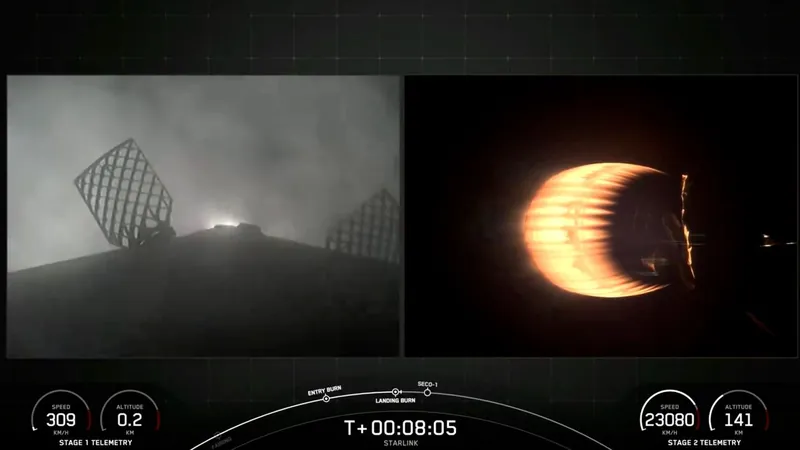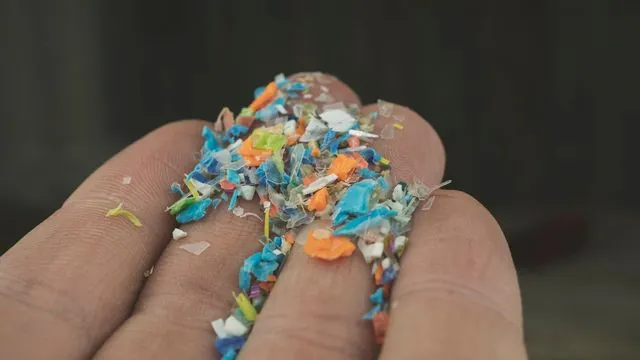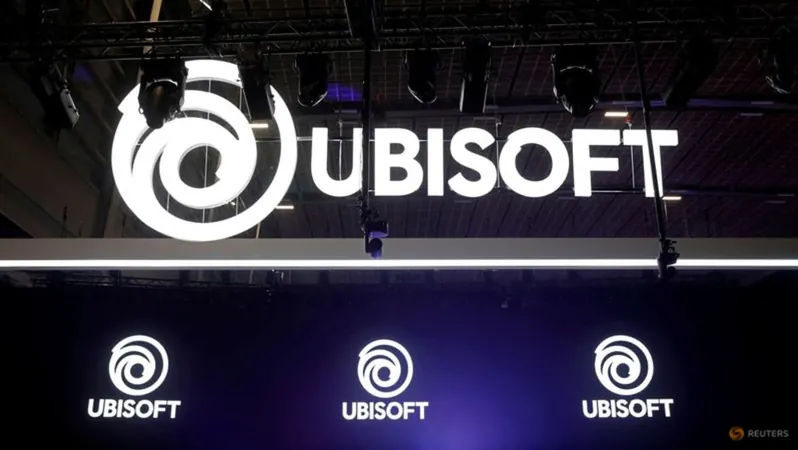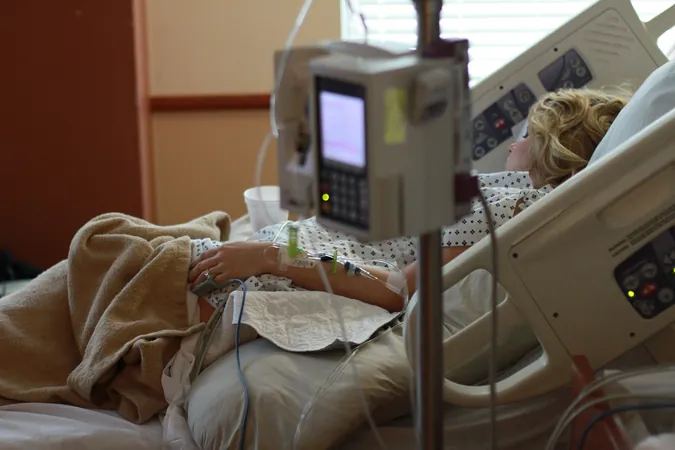
SpaceX Soars Again: Launches 20 New Starlink Satellites with Direct-to-Cell Technology!
2024-09-24
SpaceX Launch Overview
In an electrifying display of technological prowess, SpaceX successfully launched 20 additional Starlink broadband satellites from California's Vandenberg Space Force Base early Wednesday morning, September 25, at precisely 3:01 a.m. EDT (0701 GMT), marking yet another achievement in their ambitious quest to enhance global internet connectivity.
Falcon 9 Rocket Details
The Falcon 9 rocket, known for its remarkable reusability, carried the satellites into orbit. Notably, 13 of these satellites are equipped with revolutionary direct-to-cell capability, promising to bring high-speed internet access directly to mobile phones without reliance on traditional ground infrastructure. This significant advancement positions Starlink as a trendsetter in mobile connectivity, potentially revolutionizing how those in remote and underserved regions access the internet.
Successful Booster Landing
About 8.5 minutes post-launch, the Falcon 9's first stage made a triumphant return to Earth, successfully landing on the SpaceX drone ship, "Of Course I Still Love You," stationed in the Pacific Ocean. This marks an impressive milestone as it was the tenth successful launch and landing for this specific booster, showcasing SpaceX's commitment to sustainable space travel through booster reusability.
Deployment of Satellites
After separation from the first stage, the upper stage of the Falcon 9 continued its ascent to low Earth orbit, where it was slated to deploy the new satellites just 60 minutes after liftoff. These additions bring the total number of operational Starlink satellites to over 6,300, strengthening the constellation that has already begun transforming global internet dynamics.
Upcoming Mission: Crew-9
This launch is part of a whirlwind week for SpaceX, as they are preparing for the upcoming Crew-9 mission to the International Space Station (ISS) scheduled for Saturday, September 28. Unlike standard astronaut missions, Crew-9 will feature a reduced crew of two astronauts, Nick Hague from NASA and Aleksandr Gorbunov from Roscosmos of Russia. They will return home alongside two current ISS residents, Suni Williams and Butch Wilmore, aboard the SpaceX Crew Dragon capsule named "Freedom" in February 2025. This unique mission comes after Boeing's Starliner experienced thruster issues during its previous journey, underscoring the unpredictable nature of human spaceflight.
Conclusion and Future Prospects
As SpaceX continues to break barriers in both satellite and human space exploration, the world watches in eager anticipation of what groundbreaking advancements are yet to come. Stay tuned for more updates on their missions and the unfolding space race!




 Brasil (PT)
Brasil (PT)
 Canada (EN)
Canada (EN)
 Chile (ES)
Chile (ES)
 España (ES)
España (ES)
 France (FR)
France (FR)
 Hong Kong (EN)
Hong Kong (EN)
 Italia (IT)
Italia (IT)
 日本 (JA)
日本 (JA)
 Magyarország (HU)
Magyarország (HU)
 Norge (NO)
Norge (NO)
 Polska (PL)
Polska (PL)
 Schweiz (DE)
Schweiz (DE)
 Singapore (EN)
Singapore (EN)
 Sverige (SV)
Sverige (SV)
 Suomi (FI)
Suomi (FI)
 Türkiye (TR)
Türkiye (TR)